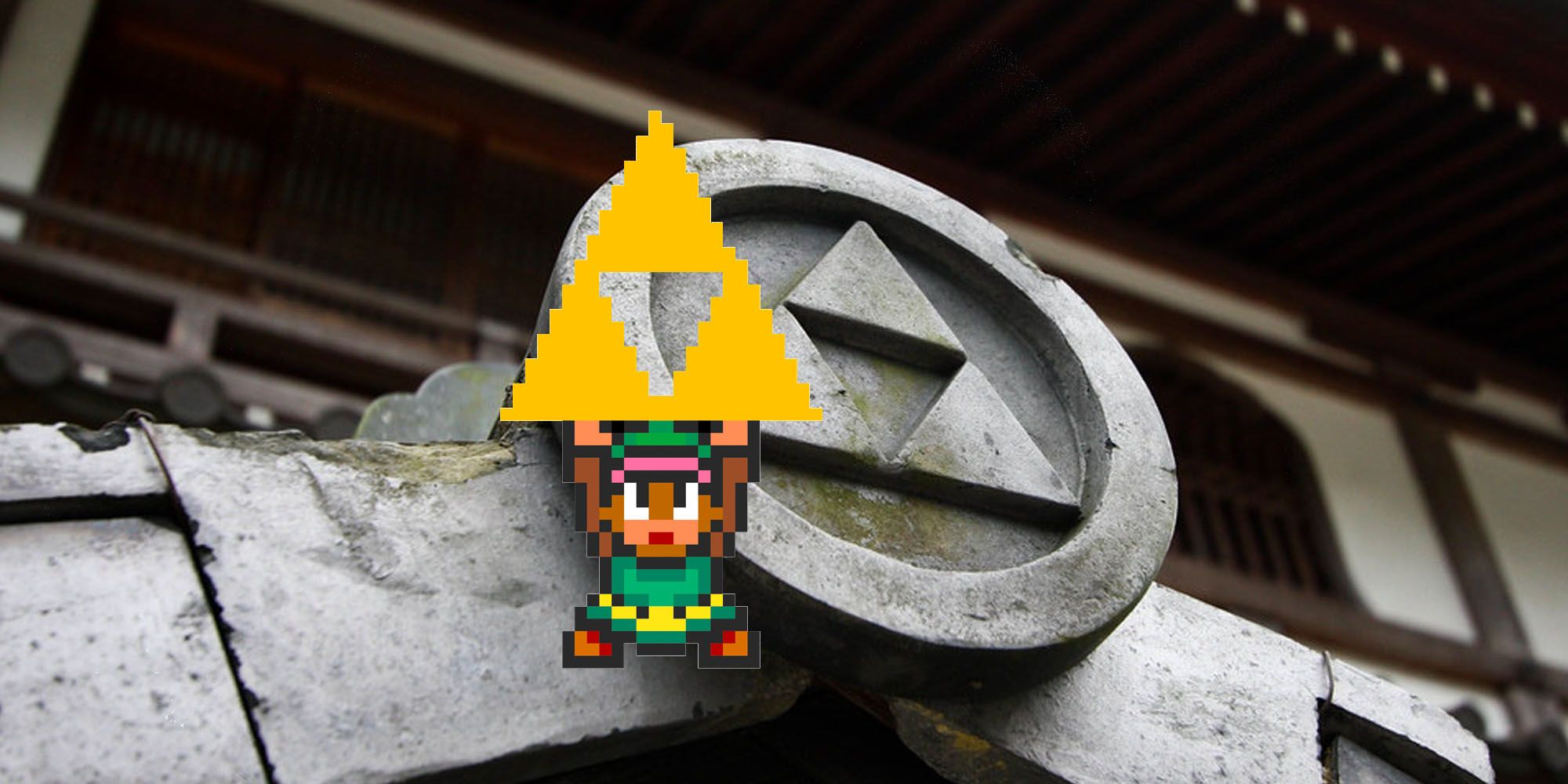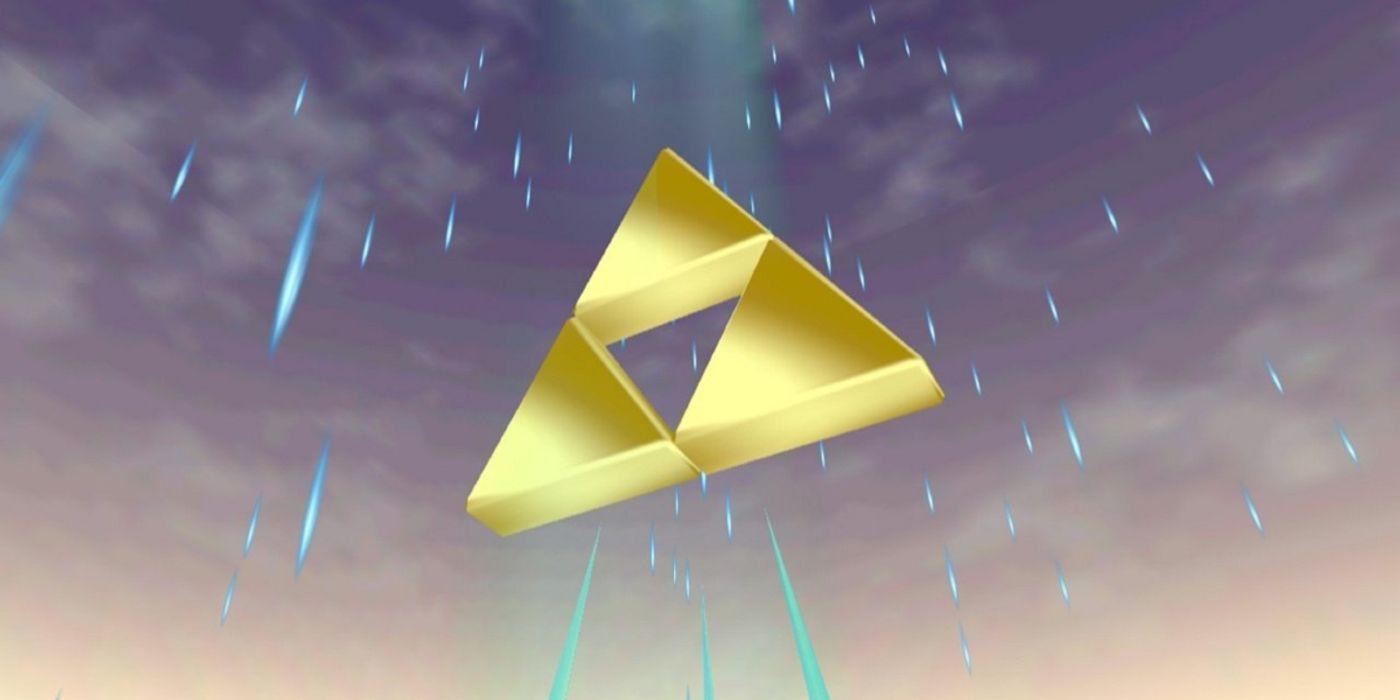The Triforce from The Legend of Zelda is one of the most immediately recognizable icons in gaming. Zelda lore holds that the Golden Goddesses created the Triforce upon the completion of Hyrule, and that its three distinct parts - Wisdom, Power, and Courage - would wield a formidable power if ever combined. But the history of the Triforce did not begin in the 1980s, when Shigeru Miyamoto created the series; it began nearly one thousand years ago, in Medieval Japan.
As infamous as Zelda's Triforce is in gaming, in Japan, the Triforce is even more ubiquitous than one would expect. It inhabits unexpected places, such a haka (family gravestone), or the logo of an energy company called Mitsuuroko. In an episode of One Piece's Wano arc, the Triforce can be seen upon the sail of a ship, among many other sails depicting samurai family crests. Indeed, the Triforce began as the family crest, or mon, of the Hojo family.
The Hojo family played a huge role in Medieval Japan. According to Zelda Dungeon, they took over Japan in the 13th century and ushered in a period of "relative peace and prosperity," much like the peaceful lulls in the Zelda timeline. The Hojo family then had to defend the country against a Mongol invasion, which would have likely been successful if not for an advantageous hurricane. When the Hojo came to prominence in Japan, they already had their mon: the Mistruuroko, or "three scales."
The Myth Behind the Real Triforce
Legend has it that Tokimasa Hojo (1138-1215) traveled to a cave on the island of Enoshima, where the family dragon god, a Shinto guardian deity for fisherman, dwelt. Hojo prayed for his descendants' prosperity, and the dragon answered by leaving behind three scales. The three triangles of the Mitsuuroko represent these three scales. Whether or not the dragon scales in Breath of the Wild are a direct acknowledgement of this myth is unknown, but there are, notably, three dragons.
Because of the Hojo family's historical relevance, the Mitsuuroko/Triforce stuck around through the ages. Other prominent families eventually designed mon based off the Mitsuuroko. The design was used as a publisher's seal in the 1800s and remains a cornerstone of Japanese graphic design. Because of the ubiquity the design achieved in Japan, as Zelda Universe further illuminates, the Mitsuuroko does not contribute any deeper lore to the Triforce. Nintendo would have been well aware of the Mitsuuroko when they settled upon the design of the Triforce, but the lore of the Triforce is couched entirely within The Legend of Zelda itself.
Kotaku points out that the word for the Triforce in Japanese is the English-based "Toraiforsu." As steeped in Japanese history as the Triforce's design may be, the name itself implies that the designers behind The Legend of Zelda wanted to apply a modern metaphorical meaning to this ancient crest. Plus, knowing the history of the Hojo family's mon will explain to confused international Zelda fans traveling to Japan why Mitsuuroko Group Holdings isn't in the middle of a giant lawsuit with Nintendo.


